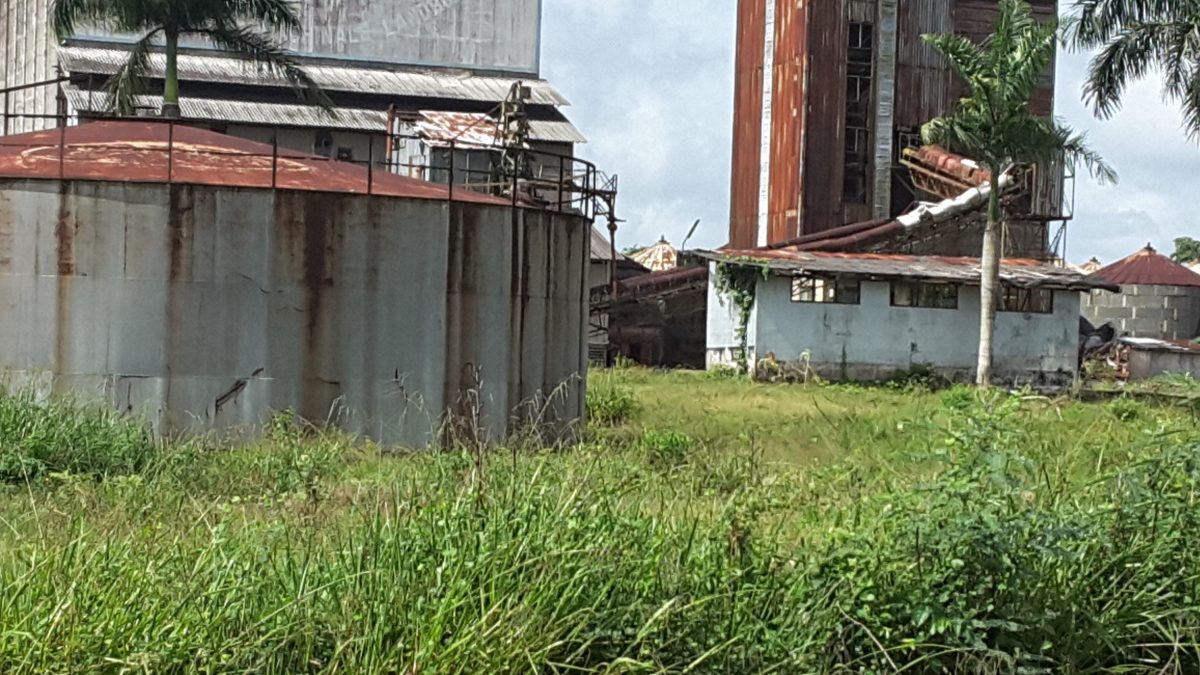Wageningen

Wageningen.
Best known as the rice center of Suriname. There used to be a state-owned machine foundation for agriculture (SML), which was founded by the Nederlandse Landbouwhogeschool Wageningen as a project to encourage Dutch farmers to grow rice in Suriname, so it is not surprising that the name Wageningen comes from the Dutch city of Wageningen in the province of Gelderland. Due to the Second World War, the hitherto limited rice exports from Suriname to Europe stagnated.After the war, the Dutch government decided to investigate the possibilities for mechanized, medium-sized rice companies in Suriname. The first experiments in the Clara polder were successful. The fertile clay soil in the vicinity of the Nickerie river proved to be very suitable for wet rice cultivation and sufficient water could be obtained from the nearby Nannizwamp for irrigation of the polders
In order to achieve more harvests per year, new rice varieties were grown with a shorter growing time. The breeding of the seeds was a great success. Soon the miracle seeds gave Suriname and the SML world fame in the rice sector. A way was developed to sow, fertilize and spray the rice by plane. The Hindustani and Javanese family farms couldn’t cope with so much mechanization. Sowing and planting out the rice plants was still done by hand at small companies. In addition, the small farmers were unable to arrange their own transport and depended on buyers who, due to their position of power, paid far too low a price for the rice. Only a few were able to switch to mechanical farming.
The situation changed after 1975. The SML, now a Surinamese state-owned company, proved unable to compete with flexible private rice companies. Stifling bureaucratic management hindered the decision-making of the state-owned company. As a state-owned company, the SML could not hustle. Export profits were claimed by the government and investment money failed to materialize. In the mid-1980s, the company was doing well in the late 1990s, SLM was closed and Surinamese Rice Organization (SRO) was created with approximately 5,000 hectares of arable land in possession. Today, the company has been taken over by a private individual and has been largely refurbished.
At that time Wageningen was a prosperous SML, very luxurious, nothing was missing, there was a hotel, swimming pool, and a large gym where various clubs from different places came to exercise. Sinterklaas was celebrated cricket played itself a dance group that entered into a dance competition with other villages. About 3000 people live here. In present-day Wageningen, there is a police station, administrative post and doctor’s place of employment in the Nickerie district. The place also has a runway for aircraft (airport code: AGI). When you visit Wageningen you see an image of a slave girl with a severed breast. The huge work of art is a reference to one of the atrocities committed by the mythical slave-holder Susanna du Plessis, who allegedly served her husband a breast of the slave Alida to punish him for his promiscuous behavior. The statue was created in 1973 in honor of 110 years of abolition of slavery. Every year, Alida is commemorated by a festive beauty pageant on July 1, the day of the abolition of slavery.
Wageningen has a mixed population composition: no population group has a majority. Creoles, Indo-Surinamese, Javanese, natives, Maroons live there. In Wageningen there is also a studio of woodworker and musician Armand Masé. Mr. ‘Mantje’ makes beautiful wooden statues and small panels, on which various scenes are carved. He also delivers commissioned work.
